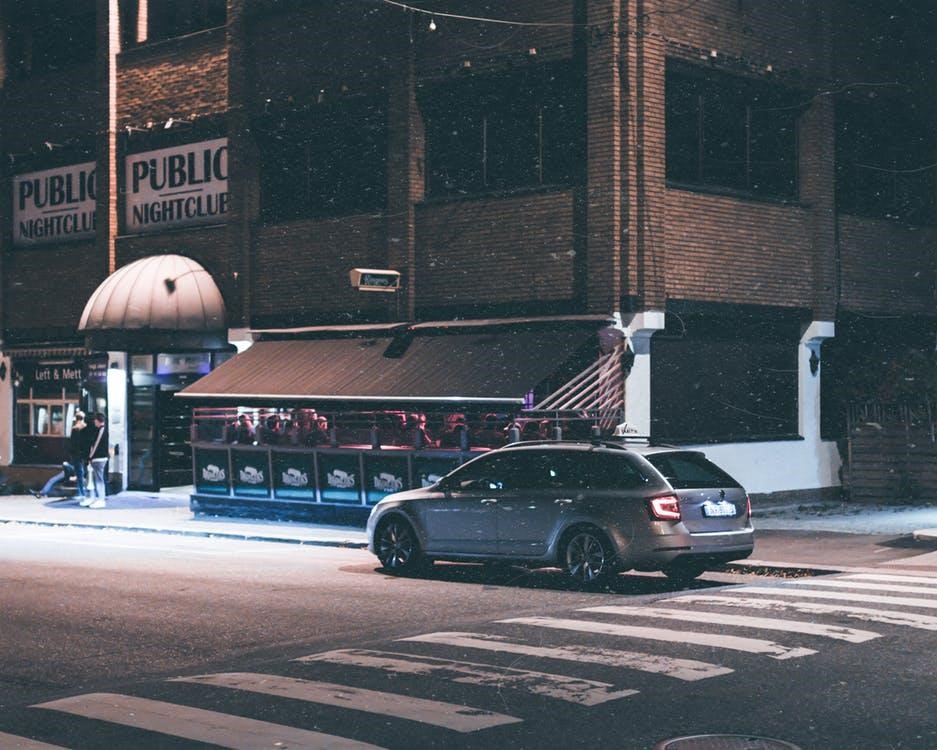Maintaining Your Vehicle During Coronavirus Pandemic
It seems like we’ve all made preparations for the Coronavirus pandemic that continues to spread across the globe. For U.S residents who have already stocked up on cleaning supplies, toiletries, and food; if you’re already itching for something to do during your time off or in home-quarantine, there is one life essential to give your undivided attention to, and it’s your car.
Vehicle health is important because, without it, you’re stationary. Just because restaurants, office buildings, and schools are closed, doesn’t mean visiting your favorite hiking trails or campsites aren’t an option. You must consider the idea that auto body shops and dealerships may temporarily close their doors as other businesses have. If your vehicle needs service, you may be on a long waiting list or out of luck for the time being.
If you’re using the extent of your spring break vacation to travel, or you plan on waiting out the Coronavirus from the comfort of your well-prepared and sterilized home, it’s the perfect time to learn more about your car and its basic health needs. Here’s how to make sure your car is prepared and roadworthy for the days to come.
Headlight health & tail light inspection
Your car headlights allow you to see in complete darkness on the roads and highways, and without your tail lights, your back bumper would have an entirely different shape. Vehicle lights are the most important piece to your car when driving during the day or in the evening. It’s easy to visually inspect your headlights and tailgate lamps to make sure they aren’t cracked and that the bulbs are burning brightly.
Even conducting maintenance by cleaning your lights and removing the housing to scrape out any dirt or grime build-up along the crevices does good for your vehicle. If you have foggy or hazy headlights, check out our blog on How to Maintain Headlight Clarity.
Have a burnt-out tail gate bulb or need a headlight replacement? Installing new headlights or parts on your own is a breeze. Plus, you can order headlights online, and do the job right from the comfort of your social distancing zone.
DIY oil inspection and change
New to changing your oil or want to learn how? Changing your engine oil must be done on a routine basis. If you’ve never changed your car’s engine oil, look through your owner’s manual and study the oil change section. Once you are familiarized with your vehicle’s oil nomenclature follow these guidelines for your oil change:
- Find a paper towel
- Take the dipstick out
- Wipe it clean
- Insert it back in
- Take it out
- Check the recommended oil level markings
If the oil is low or seems dirty, dark, and thick, you should consider a full oil replacement along with a new oil filter. Fresh oil and filters can be purchased online or at your local auto shop or Walmart.
Surely purchase only the recommended oil for your mileage and vehicle model, and commence the oil change. It can get messy so be prepared to have an oil pan to capture the old oil and be sure to dispose of it properly.
Coolant check
Engine coolant reduces engine heat which keeps it from overheating. Checking your coolant before a long road trip, or even every other month is vital. Most vehicles alert drivers when the engine coolant is low or there is an overheating issue.
If this does occur, order some antifreeze or the engine coolant recommended for your car, truck or SUV and fill the coolant reservoir up to the Full level marked on the side of the plastic container, located underneath your car’s hood.
Brake inspection and exchange
Replacing the brakes of your car isn’t for everybody. However, it is fairly simple for people who are mechanically inclined or have the right tools. Changing your brake pads and rotors on your own can save you hundreds of dollars, and if you work with another person, you can reach completion in a day.
If you have heard or felt a grinding or screeching noise when stopping, your brake pads may be too worn. If your rotors are rusty or dirty, you should consider replacing or cleaning them. Brakes are more than important, and it’s a must that you carefully read your manual or operational guide to learn the correct brake pad and rotor size for your vehicle.
After you’ve purchased the brakes and rotors that fit your vehicle, you’ll need:
- Lug nut wrench
- Torque wrench
- Brake pad spreader or C-Clamp
- Allen wrench set
- Brake Bleeder wrench
- Jack and Jack stands
Read all installation manuals carefully, or even find brake changing tutorial videos on Youtube to learn more about your specific car model.
Car cleaning & detailing
If you’ve inspected your car and everything is good-to-go, why not clean the inside and outside of your ride thoroughly? Now’s the time to revitalize the cleanliness of your car and whether you wish to detail it with a buffer and wax, or get the nitty-gritty on the inside with a toothbrush, and vinyl protectant; keeping your car clean helps you stay healthy and keeps you looking sharp.
Keep your car prepared during the coronavirus pandemic
Expect for the best in every situation, but plan for the worst. It’s uncertain how long the Coronavirus hysteria will last, but if you find yourself inside your home for a week or two, cater to your car needs! Give your vehicle a once over and consider ordering new car parts for your car or truck’s year, make and model so you can have a fun project to take your mind off of things.














